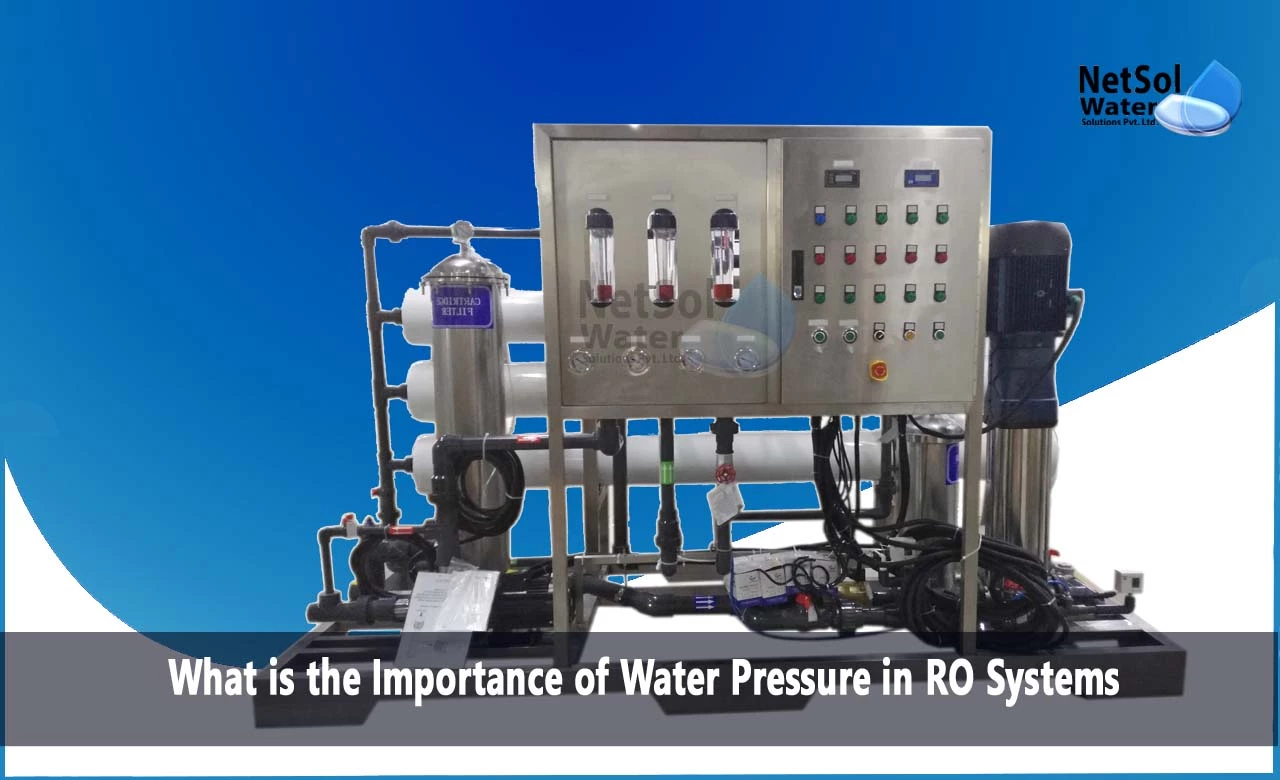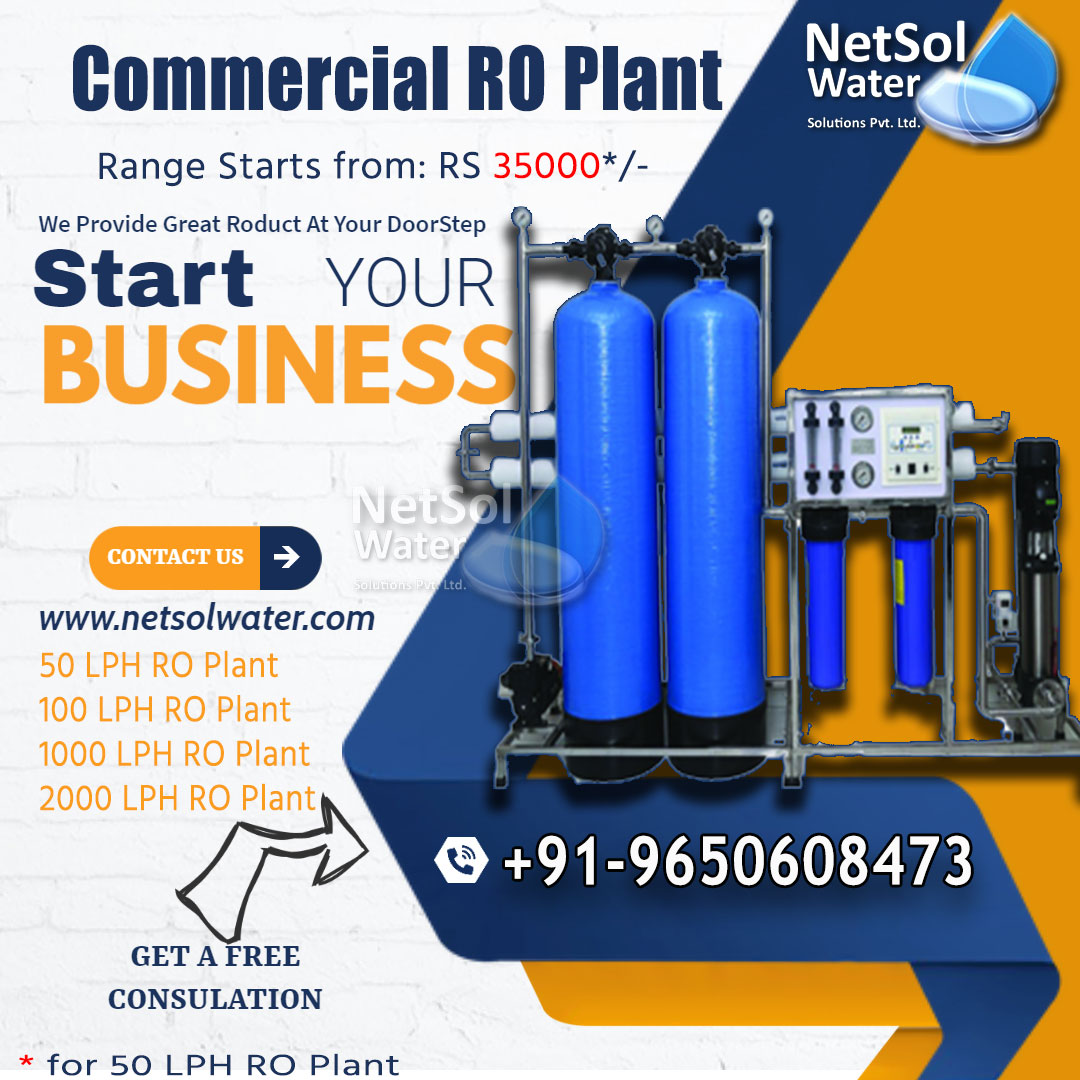Water is vital for life, and ensuring it is safe and pure for consumption is a pinnacle of precedence for plenty of families and groups. Reverse Osmosis (RO) systems have come to be a popular desire for purifying water, offering a surprisingly powerful method for eliminating impurities. However, to ensure optimum overall performance, it's important to apprehend and hold the water stress in these systems. In this blog, we will discover the importance of water strain in RO systems and how it impacts their overall performance.
What is Reverse Osmosis?
Reverse Osmosis is a water purification procedure that uses a semi-permeable membrane to get rid of contaminants, such as chemical substances, minerals, and microorganisms, from water. It works through applying stress to the water, forcing it through the membrane while leaving the impurities behind. The result is smooth, purified water safe for drinking, cooking, and other family or industrial uses.
What is the Importance of Water Pressure in RO Systems?
Water stress plays a pivotal function in the operation of RO structures. To understand its importance, let's delve into some key aspects:
1. Efficient Filtration: Adequate water strain guarantees that water flows via the RO membrane at the best price. If the stress is just too low, the filtration process turns sluggish and inefficient, as it struggles to push water via the membrane. This can bring about much less purified water output and an elevated wastewater era.
2. Improved Contaminant Removal: Proper water stress enhances the capability of the RO membrane to cast off contaminants successfully. Higher pressure allows a better rejection charge for impurities, ensuring the handled water meets the favoured high-quality requirements.
3. Extended Membrane Lifespan: Maintaining the correct water pressure helps increase the existence of the RO membrane. When pressure is too low, the membrane may additionally become clogged or damaged more quickly, necessitating more excellentjoint replacements. This can be high-priced and time-consuming.
4. Water Efficiency: Optimal water strain in an RO machine reduces the wastewater generated. Wastewater, or brine, is produced as a byproduct of the filtration system. With proper stress, you could minimise water wastage, making the system more environmentally pleasant.
Factors Affecting Water Pressure
Several factors can affect the water stress in an RO machine:
1. Feed Water Source: The supply of your feed water, whether from a property, a municipal delivery, or every other store, can influence the initial water pressure. Inconsistent or low-feed water stress may also require an extra device like a booster pump to keep good enough strain.
2. System Design: The design of the RO machine, consisting of the size and form of the membrane, the range of tiers, and the general configuration, can affect water stress. A well-designed gadget needs to be optimised for efficient water purification whilst maintaining adequate strain.
3. Maintenance: Regular renovation of the RO device is crucial for maintaining water pressure. Accumulated particles, scale, or membrane fouling can restrict the flow of water and decrease strain. It's critical to observe the producer's protection suggestions to keep the machine strolling smoothly.
Conclusion
Water strain is an essential issue within the overall performance and efficiency of Reverse Osmosis systems. To ensure superior water purification and the sturdiness of your RO gadget, it is vital to preserve the proper water pressure. Regular protection, right gadget design, and attention to your feed water source are crucial to accomplishing this intention. By doing so, you can enjoy high-quality, purified water that meets your family or commercial enterprise needs at the same time as decreasing water wastage and preservation expenses.




